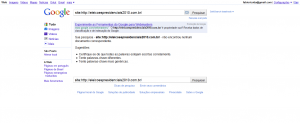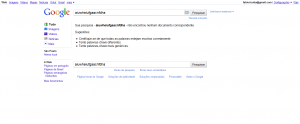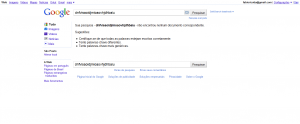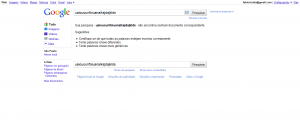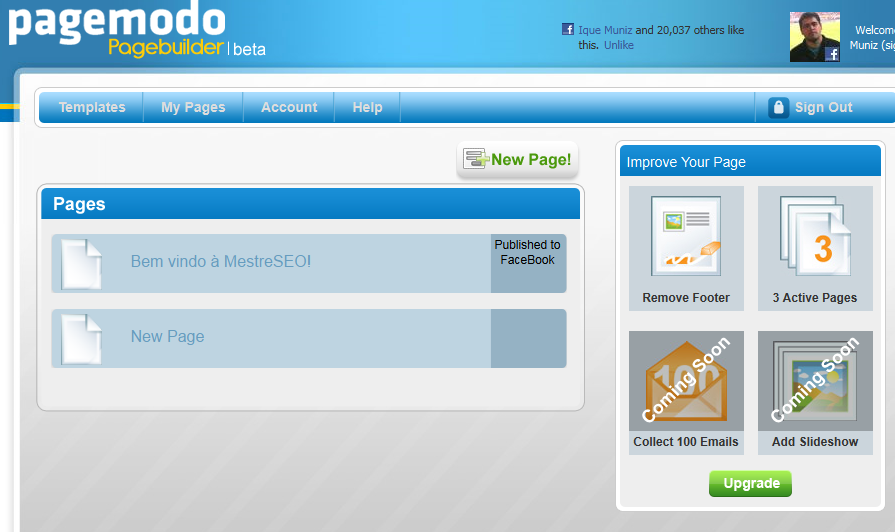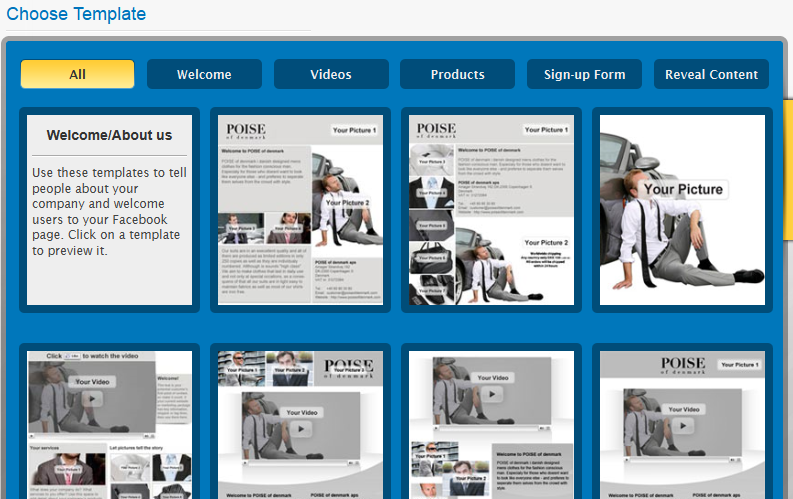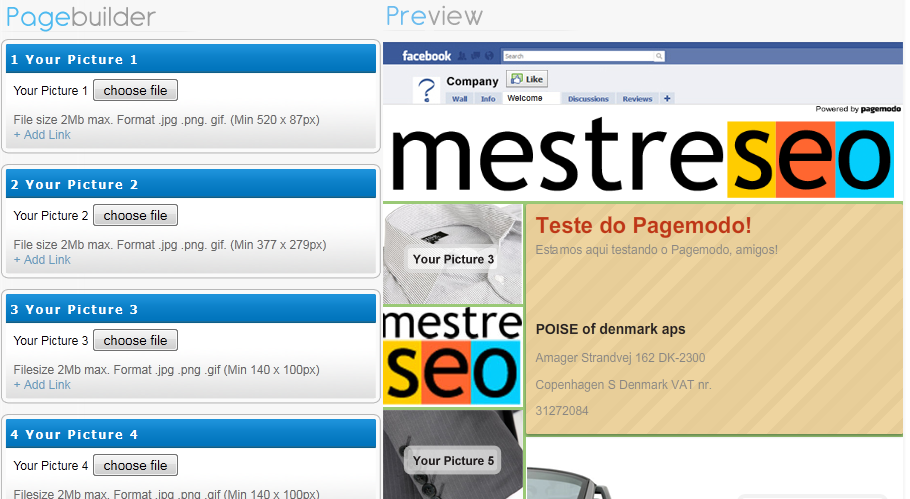
Olá leitores da MestreSEO,
O Google é uma empresa muito focada na experiência do usuário, sempre objetivando que uma simples ação tenha o impacto mais positivo na pessoa que está realizando uma ação em seus produtos. Em seu principal produto, as buscas, não é diferente. O Google sempre busca oferecer recursos especiais para os usuários, como filtros, segmentação, imagens, vídeos e diversos artifícios para que no momento que o usuário precisar do serviço, ele ganhe a melhor experiência e respostas possíveis.
Um dos elementos que o Google vem transformando ao longo do tempo é o título da snippet, ou seja, aquele título, clicável, em azul, que é exibido para cada um dos resultados que o Google considera relevante para aquela busca. De forme inteligente, o Google manipula este tipo de título (da snippet) para que ele forneça a melhor experiência do usuário e é exatamente esta forma inteligente que este teste objetivou a traçar.
Aviso: é importante ressaltar que após a publicação deste artigo os resultados mencionados abaixo e exibidos por screenshots podem não estar da mesma forma como apresentado.
O Domínio Escolhido
O domínio escolhido para o teste foi o http://eleicoespresidenciais2010.com.br/ onde não existia nenhuma página publicada ou indexada conforme podemos ver no screenshot obtido no dia 11/03/2011:
Páginas Criadas
Para obter um teste bem interessante, criamos 7 páginas diferentes, onde cada uma possuía um objetivo para teste. Vejamos abaixo as especificações de cada página:
Página Inicial
Foram criados 3 links nesta página inicial, apontando para as páginas paginaA.html, paginaB.html, paginaquenaopodeserlida.html. Em cada link, utilizamos um termo único, como podemos atestar pelos screenshots:
Página A
Esta página foi bloqueada no arquivo de robots.txt, impossibilitando a leitura do Googlebot.
Página B
Nesta página, não definimos uma tag Title, ou seja, ela não foi inserida no HTML. No body incluímos um H1, contendo um termo único na web, como podemos ver no screenshot abaixo:
Página C
Assim como na paginaB.html, não definimos uma tag Title, ou seja, ela não foi inserida no HTML. No Body incluímos um H1, contendo um termo único na web, como podemos ver no screenshot abaixo:
Página D
Assim como na paginaB.html e paginaC.html, não definimos uma tag Title, ou seja, ela não foi inserida no HTML. No Body incluímos um H1, contendo um termo único na web, como podemos ver no screenshot abaixo, mas com um detalhe, ele possui texto antes e depois do H1:
Página E
Nesta página criamos uma página sem título e sem a tag H1. Incluímos uma imagem com um ALT tag único, conforme o screenshot mostra abaixo:
Página NãoPodeSerLida.HTML
Assim como a paginaA.html, esta página foi bloqueada no arquivo de robots.txt, impossibilitando a leitura do Googlebot.
As Hipóteses
Página A
O título da snippet na SERP será criado pelo texto âncora do link apontado pela página inicial do domínio.
Página B
O título da snippet na SERP será criado pelo H1 presente na página, mesmo possuindo um link apontado pela página inicial do domínio.
Página C
O título da snippet na SERP será criado pelo H1 presente na página, sem possuir um link apontado pela página inicial do domínio.
Página D
O título da snippet na SERP será criado pelo H1 presente na página, sem possuir um link apontado pela página inicial do domínio, sendo que existe um texto aparecendo antes da tag H1.
Página E
O título da snippet na SERP será criado pelo ALT text da imagem presente na página, sem possuir um link apontado pela página inicial do domínio.
Página Extra – naopodeserindexada.html
O título da snippet na SERP será criado pelo texto âncora do link apontado pela página inicial do domínio.
Resultados
Com todas as páginas de teste armadas, aguardamos um tempo até que todas fossem indexadas pelo Google, chegando na data de 31/03, com todas as páginas completamente reconhecidas pelo mecanismo de busca.

Desta forma, pudemos notar algumas curiosidades do nosso estudo, vejamos:
- Quando uma página não possui título, o Google puxa o textos âncora, para compor este título;
- Entre texto âncora e H1, o Google prefere um texto âncora para compor o título da snippet da SERP;
- Quando o Google não encontra links apontando para a página sem título, ele decide criar o título da snippet através do H1 da página;
- Mesmo com texto entre o Body e o H1, o Google realmente dá relevância a tag heading, colocando-a como título da snippet quando não encontra links apontando para a página sem título;
- Se o Google não encontrar links apontando ou um H1 na página, ele utiliza o conteúdo inicial da página para criar o título da snippet, não dando relevância a ALT tag de imagem contida na página;
- Por fim, se uma página estiver bloqueada através do robots.txt, o Google tentará criar o título da snippet utilizando o o texto âncora de um link que aponta para aquela página.
Artigo produzido por MestreSEO, empresa especializada em Otimização de Sites. Não perca a oportunidade de conferir as nossas ferramentas de SEO.
Artigo Original: Teste de SEO: Como o Google Forma os Títulos da Snippet?
Curso de SEO
Aproveite a oportunidade para participar do nosso Curso de SEO. Garanta já a sua vaga: http://www.mestreseo.com.br/curso-de-seo
